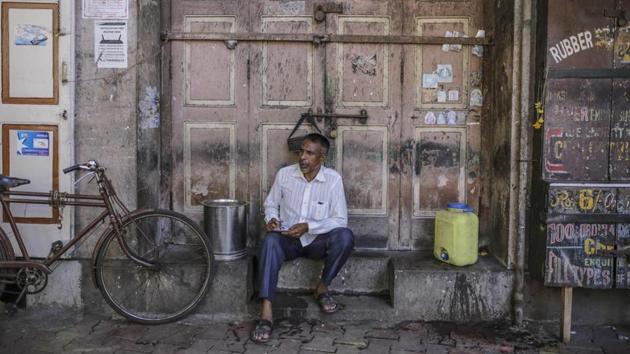Steady dip in urban unemployment rate before lockdown, finds survey
While the decline in the unemployment rate is relatively smaller for young people, their labour force participation rate (LPFR) has grown more than that of the older age groups in the first three quarters of 2019-20 compared to the corresponding periods in 2018-19.
India’s labour market was beginning to look up, despite a deceleration in GDP growth, before the Covid-19 pandemic forced a lockdown in March. Statistics from the latest Periodic Labour Force Survey (PLFS) for the quarter ending December 2019 show that the urban unemployment rate had been declining for four consecutive quarters.

To be sure, a quarter-on-quarter comparison could be misleading because of seasonal effects on employment.
The urban unemployment was 7.9% in the quarter ending December 2019, compared to 9.9% in the same period the previous year. This is in keeping with the trend of a decline in the unemployment rate in the quarters ending June 2019 and September 2019 as well. The PLFS report for the quarter ending December 2019 was released on Thursday while the September 2019 report was released on October 19. The quarterly PLFS estimates are available from the April-June 2018 quarter onwards.
While unemployment among young people (15-29 years old) is significantly higher than the headline numbers, this too has been declining compared to the previous year’s levels.
While the decline in the unemployment rate is relatively smaller for young people, their labour force participation rate (LPFR) has grown more than that of the older age groups in the first three quarters of 2019-20 compared to the corresponding periods in 2018-19.
The growth was 2.4%, 2.4% and 3.1% for the first three quarters for people in the 15-29 age group whereas it was 0.6%, 1.3%, and 2.1% for the 15 years and above age group. LPFR measures the share of population in a given age group which is either working or looking for a job.
The estimates in the quarterly survey are based on the current weekly status of those surveyed. In such estimates, people are considered to be a part of the labour force if they worked or were available or looking for work for at least one hour in the week preceding the survey.
The quarterly bulletin also gives the status and industry of employment of those employed in urban areas and of age 15 years and above. In October-December 2019, 50% workers were regular wage earning or salaried workers, 38% were self-employed and 12.1% were casual workers.
Compared to the same period in 2018, the share of the former two increased by 1% and 0.3%, respectively, while that of the latter decreased by 4%.
Stay informed on Business News, TCS Q4 Results Live along with Gold Rates Today, India News and other related updates on Hindustan Times Website and APPs



